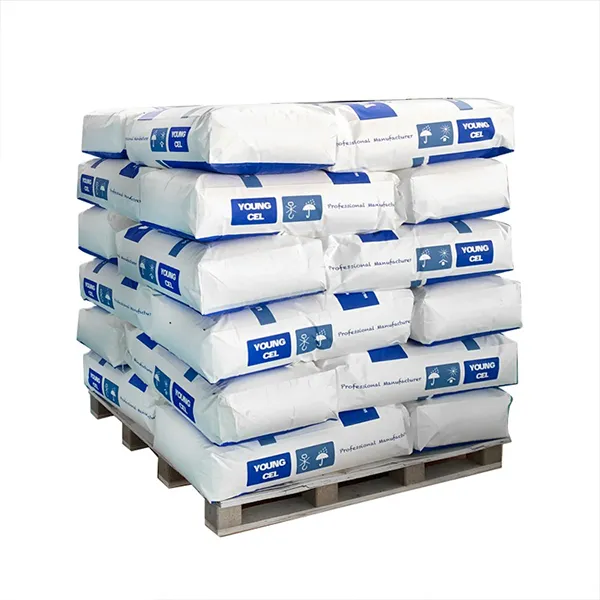The Versatility and Applications of Tylose Powder
Tylose powder, also known as hydroxypropyl methylcellulose (HPMC), is a cellulose ether that has gained significance in various industries due to its unique properties and versatile applications. Derived from natural cellulose, Tylose powder is a white, odorless, and tasteless powder that is soluble in cold water, making it an essential ingredient for an array of products in construction, pharmaceuticals, food, and cosmetics industries.
One of the most notable features of Tylose powder is its exceptional thickening ability. When mixed with water, it forms a gel-like consistency that can enhance the viscosity of liquids. This property makes Tylose powder an invaluable additive in the preparation of paints, adhesives, and other construction materials. In the construction industry, for example, it is commonly added to tile adhesives and cement-based products. It improves their workability, increases adhesion strength, and prevents sagging on vertical surfaces. This means that construction professionals can achieve a more precise application, ultimately leading to higher quality finishes.
The Versatility and Applications of Tylose Powder
Another area where Tylose powder shines is in the food industry. It is utilized as a thickening agent, stabilizer, and emulsifier. It can improve the texture and mouthfeel of various food products, including sauces, dressings, and dairy products. Tylose powder is also gluten-free, making it an excellent alternative for gluten-sensitive individuals. In the formulation of gluten-free baked goods, it helps to mimic the texture and elasticity usually derived from gluten, ensuring that the final product is appealing to consumers who enjoy baked items without compromising on quality.
tylose powder

The cosmetic industry also benefits from the incorporation of Tylose powder. It is used in a variety of personal care products, including lotions, creams, and gels. Its thickening and emulsifying properties contribute to the stability and performance of these products. Additionally, Tylose powder can enhance the sensory qualities of cosmetics, offering a smooth and silky application on the skin. As consumers continue to seek out products with natural ingredients, Tylose powder, being derived from cellulose, fits perfectly within this trend.
Moreover, Tylose powder is known for its versatility and low toxicity. It is generally recognized as safe (GRAS) by regulatory bodies, which adds to its appeal across different sectors. The ease with which it can be incorporated into various formulations, alongside its stabilizing and thickening capabilities, makes it a sought-after ingredient across multiple industries.
Despite its numerous applications, the economic price and availability of Tylose powder can be subject to market fluctuations. Nonetheless, it remains a staple in many formulations due to its efficiency and multifunctionality. The ongoing research and innovation surrounding Tylose powder continue to uncover new potential uses, solidifying its status as an essential component in formulation science.
In conclusion, Tylose powder is a remarkable ingredient that finds applications across diverse industries, including construction, pharmaceuticals, food, and cosmetics. Its thickening, binding, and stabilizing properties endow it with the versatility that formulators seek in various products. As industries evolve and consumers become increasingly discerning about the ingredients they use, Tylose powder is poised to remain a valuable resource for formulating high-quality products that meet modern standards and preferences. With further research and development, the future of Tylose powder looks promising, with the potential for even broader applications that could enhance everyday products used by consumers worldwide.
-
Rdp Powder: Key Considerations for Wholesalers in the Building Materials IndustryNewsJul.08,2025
-
Key Considerations for Wholesalers: Navigating the World of Hpmc - Based ProductsNewsJul.08,2025
-
Hpmc Detergent: Key Considerations for WholesalersNewsJul.08,2025
-
Key Considerations for Wholesalers: China Hpmc For Tile Adhesive, Coating Additives, Concrete Additives, and MoreNewsJul.08,2025
-
Crucial Considerations for Wholesalers: Navigating the World of Construction MaterialsNewsJul.08,2025
-
Key Considerations for Wholesalers Sourcing Additive For Cement, Additive For Concrete, Additive For Putty from Additive Manufacturer Shijiazhuang Gaocheng District Yongfeng Cellulose Co., Ltd.NewsJul.08,2025




